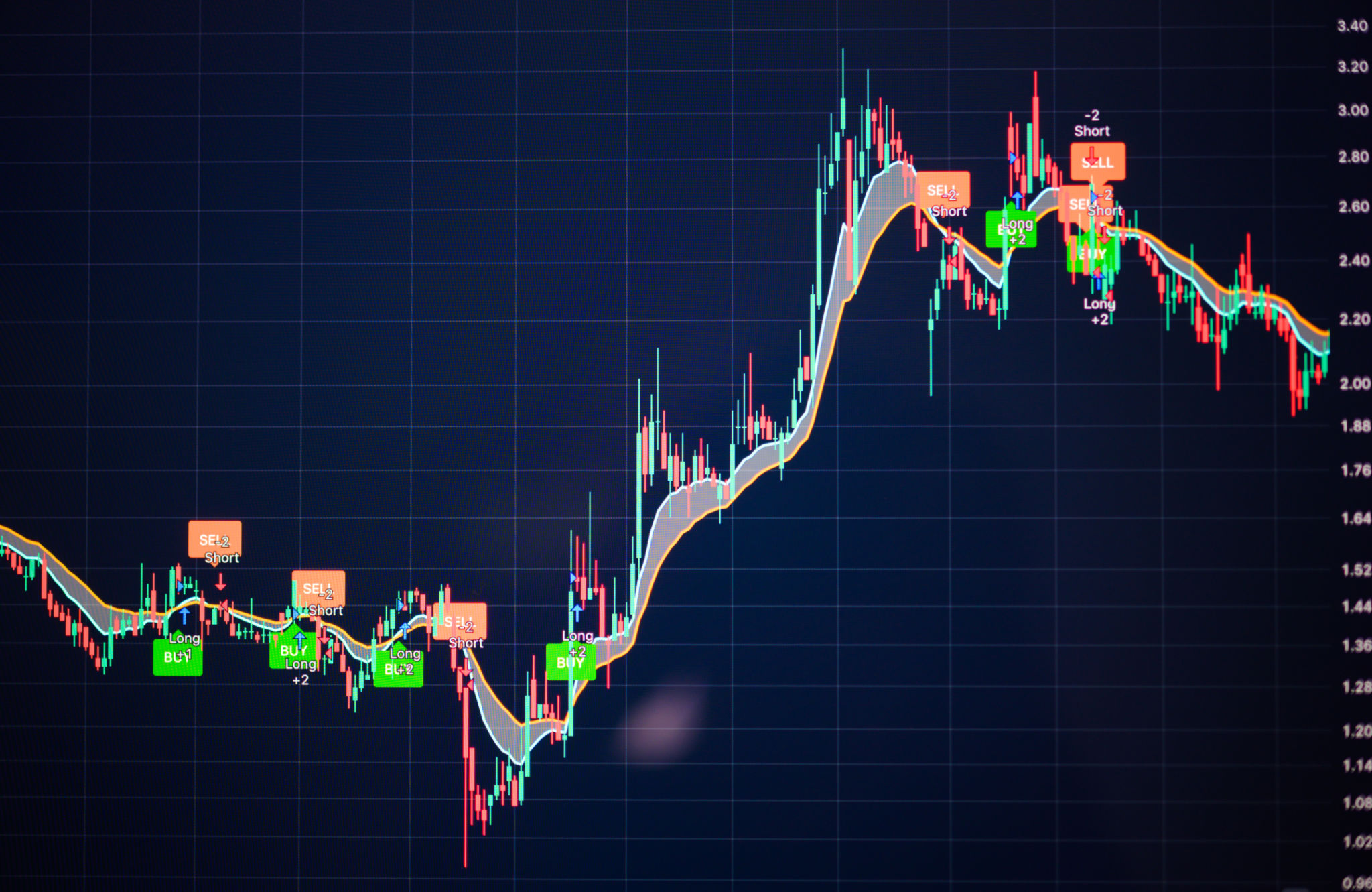Predictive Analytics in Marketing: Transforming Decision-Making with AI
Understanding Predictive Analytics in Marketing
In today's fast-paced digital landscape, businesses are increasingly turning to predictive analytics to revolutionize their marketing strategies. This powerful tool leverages data, statistical algorithms, and machine learning techniques to identify the likelihood of future outcomes based on historical data. By using predictive analytics, companies can make more informed decisions, optimize marketing campaigns, and ultimately improve their return on investment (ROI).

The Role of AI in Predictive Analytics
Artificial Intelligence (AI) plays a crucial role in enhancing the capabilities of predictive analytics. With AI, marketers can analyze vast amounts of data more efficiently and accurately. This technology enables the automation of data processing, allowing businesses to identify patterns and trends that would otherwise go unnoticed. As a result, marketers can make data-driven decisions that are more precise and timely.
Benefits of Predictive Analytics in Marketing
Implementing predictive analytics in marketing offers numerous benefits. Here are some key advantages:
- Improved Customer Insights: By analyzing customer behavior and preferences, businesses can create targeted marketing strategies that resonate with their audience.
- Enhanced Personalization: Predictive analytics allows for personalized marketing messages, improving customer engagement and loyalty.
- Optimized Resource Allocation: Companies can allocate resources more effectively by identifying high-value customers and promising market segments.

Applications of Predictive Analytics in Marketing
Predictive analytics can be applied in various aspects of marketing to drive better results. Some common applications include:
- Customer Segmentation: Grouping customers based on shared characteristics or behaviors to tailor marketing efforts effectively.
- Churn Prediction: Identifying customers at risk of leaving and implementing strategies to retain them.
- Sales Forecasting: Predicting future sales trends to plan inventory and marketing campaigns accordingly.
Challenges in Implementing Predictive Analytics
Despite its advantages, implementing predictive analytics in marketing comes with certain challenges. Organizations may face issues such as data quality concerns, integration with existing systems, and the need for skilled personnel to interpret data accurately. Overcoming these challenges requires a strategic approach and commitment to investing in the right tools and training.

The Future of Predictive Analytics in Marketing
The future of predictive analytics in marketing looks promising as technology continues to evolve. With advancements in AI and machine learning, predictive models will become more sophisticated, providing even greater insights and accuracy. Businesses that invest in predictive analytics today are likely to maintain a competitive edge, as they can anticipate market changes and adapt their strategies accordingly.
In conclusion, predictive analytics powered by AI is transforming the way businesses approach marketing. By harnessing the power of data, companies can make informed decisions, optimize their strategies, and ultimately drive growth. As more organizations embrace this technology, it will become an indispensable tool for marketers seeking to enhance their decision-making processes and achieve long-term success.
